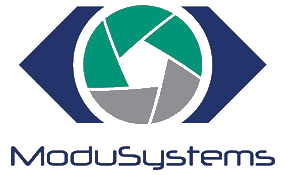
Methods of Use
Motion can be directed in a variety of ways. Programs can run directly on the controller itself. Motion can also be directed from a PC or PLC. Consider the following methods in light of your system objectives. All of these methods support directing motion, manipulating IO, sharing various types of data between a host and the controller, and managing resident tasks that have been placed in the controller.
SnapTrack
SnapTrack is used to describe controller-resident programs using graphical block programming. Many applications can be directed by the controller itself and have no need of host PC or PLC. Programs written in SnapTrack are compiled and run in the native object code of the controller's processor. This makes application programs extremely fast operating at command rates of several Mhz. Even if a PC or PLC is used to direct the controller it is likely that SnapTrack will still be used to delegate to the controller those time-critical tasks that cannot be effectively handled by the host.
Binary Commands with DLL
This method uses small and efficient binary data packets to perform controller operation. This protocol can support multiple controllers over one communication channel. A Windows DLL is available for this protocol.
Modbus Slave
The popular Modbus protocol can be used to direct the controller. Modbus register operations direct the controller and report status usually with a single transaction. Modbus Slave protocols over RS485 and TCP/IP are supported allowing the controller to be directed through third party Modbus libraries available on a variety of operating systems and languages.